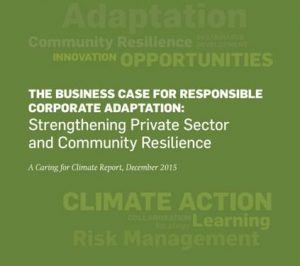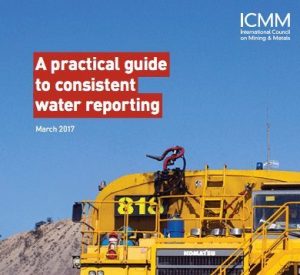Primary Functions
- Find insights into Corporate Water Stewardship practice among global corporations that fully disclosed to the CDP- IWP.
- Find guidance that can inform policy-makers on how to engage corporations in collaborative and collective actions for sustainable water resources management and governance.
Detailed Description
There is growing consensus that the scope and complexity of worsening global water stress and associated physical, regulatory and reputational water risks, require a stewardship approach that involves collective action and community engagement among public and private sectors, NGOs, and communities. Corporate Water Stewardship (CWS) emerges as a strategic approach for companies to mitigate water risks, and many global corporations are publicly disclosing their water risk and responses to initiatives such as the Carbon Disclosure Project’s Investor Water Program. While the Alliance for Water Stewardship (AWS) International Water Stewardship Standard, released in 2014, provides clearly defined guidelines and a six-step process —commit, gather and understand, plan, implement, evaluate, and communicate and disclose— required for CWS, there has been little empirical research on global corporations’ CWS practices and related factors, in particular how reported CWS results relates to physical, regulatory and reputational water risks, and other company characteristics such as revenue, number of employees, number of facilities located in river basins exposed to water risk, sector and the economic classification of the country where the company’s headquarters are located.
This research examines full public responses of 327 global corporations (the Full Disclosers) to the 2014 CDP-IWP survey, with the aim of understanding the most important factors related to CWS – and using the AWS Standard as the criteria for CWS.
The results show that physical water risk was the most prevalent type of risk among companies in the study, followed by regulatory risk, then reputational water risks. Significant relationships were observed between physical, regulatory, and the number of facilities a company had located in river basins exposed to water risk, but not with other company characteristics. For annual company revenue, sector, and the economic status of the country where the company’s headquarters are located, relationships with physical regulatory and reputational risk types were not significant; however, the aggregate of all water risk was significantly related.





